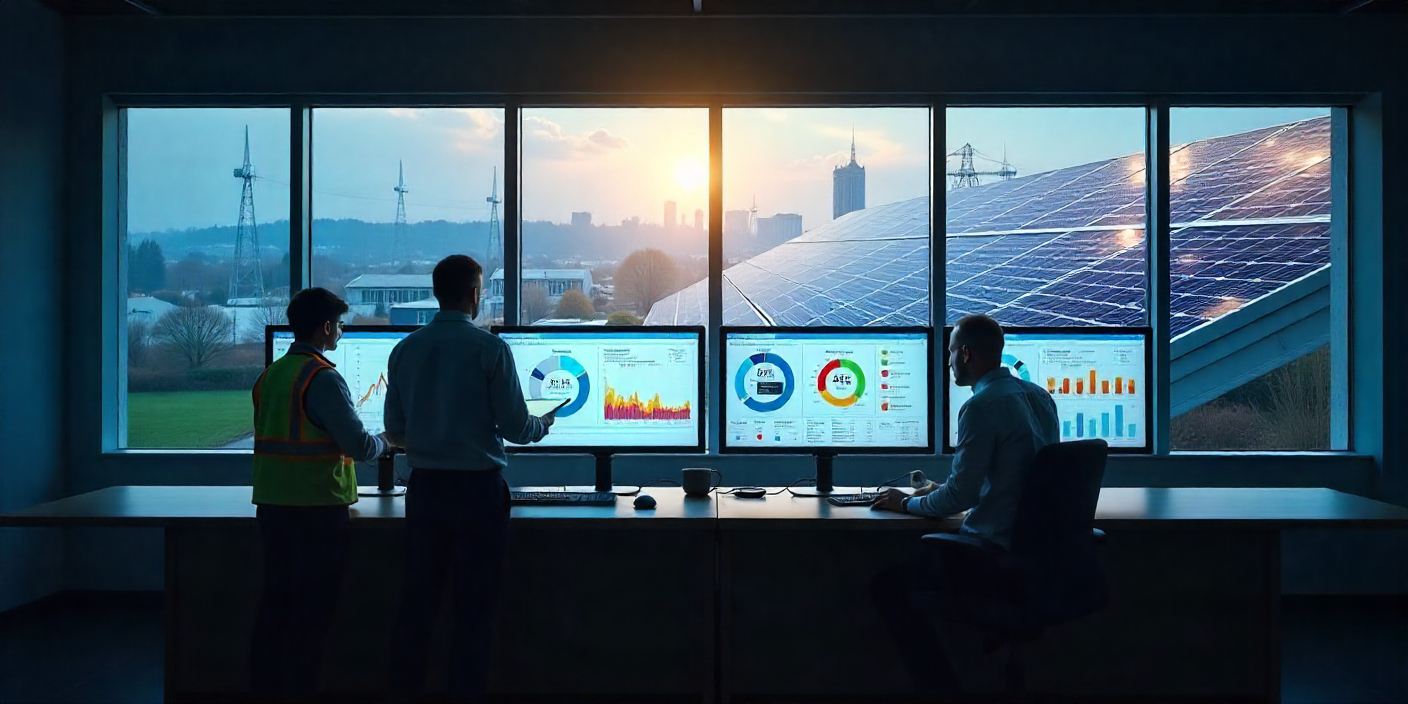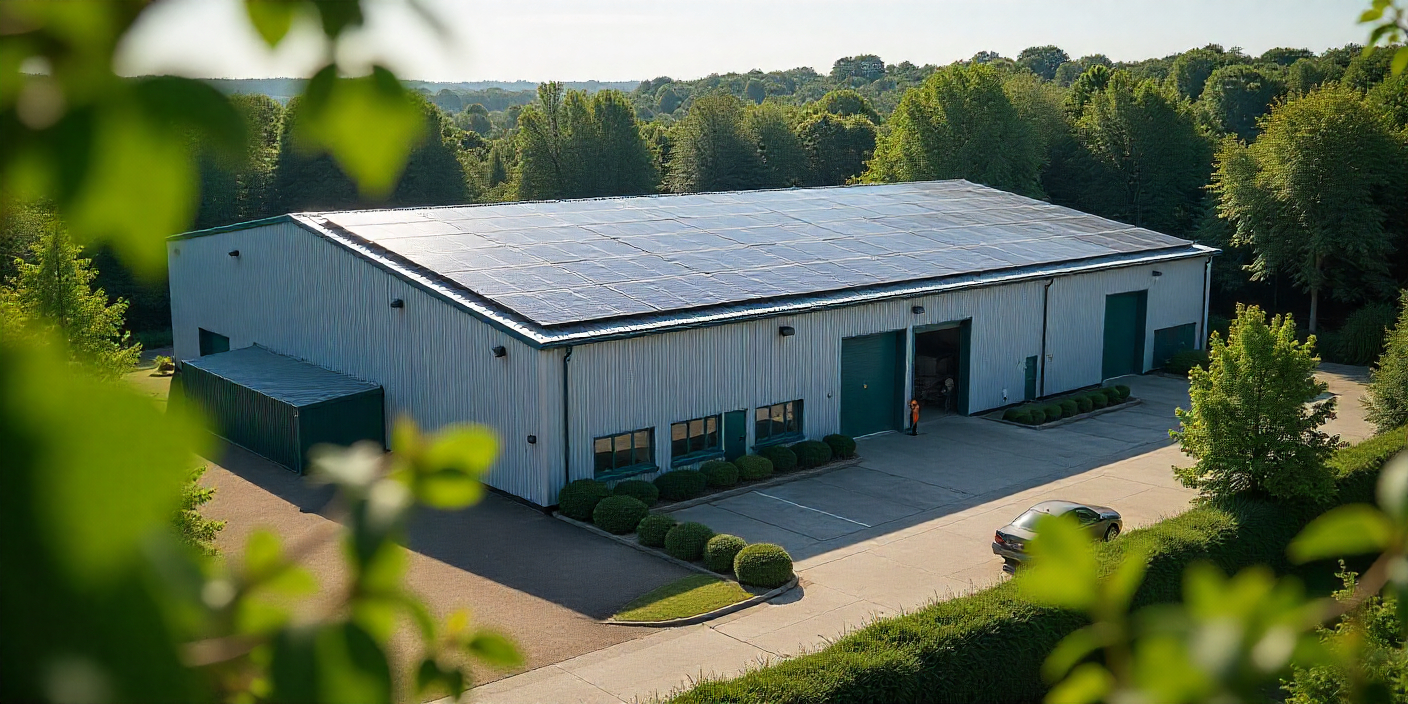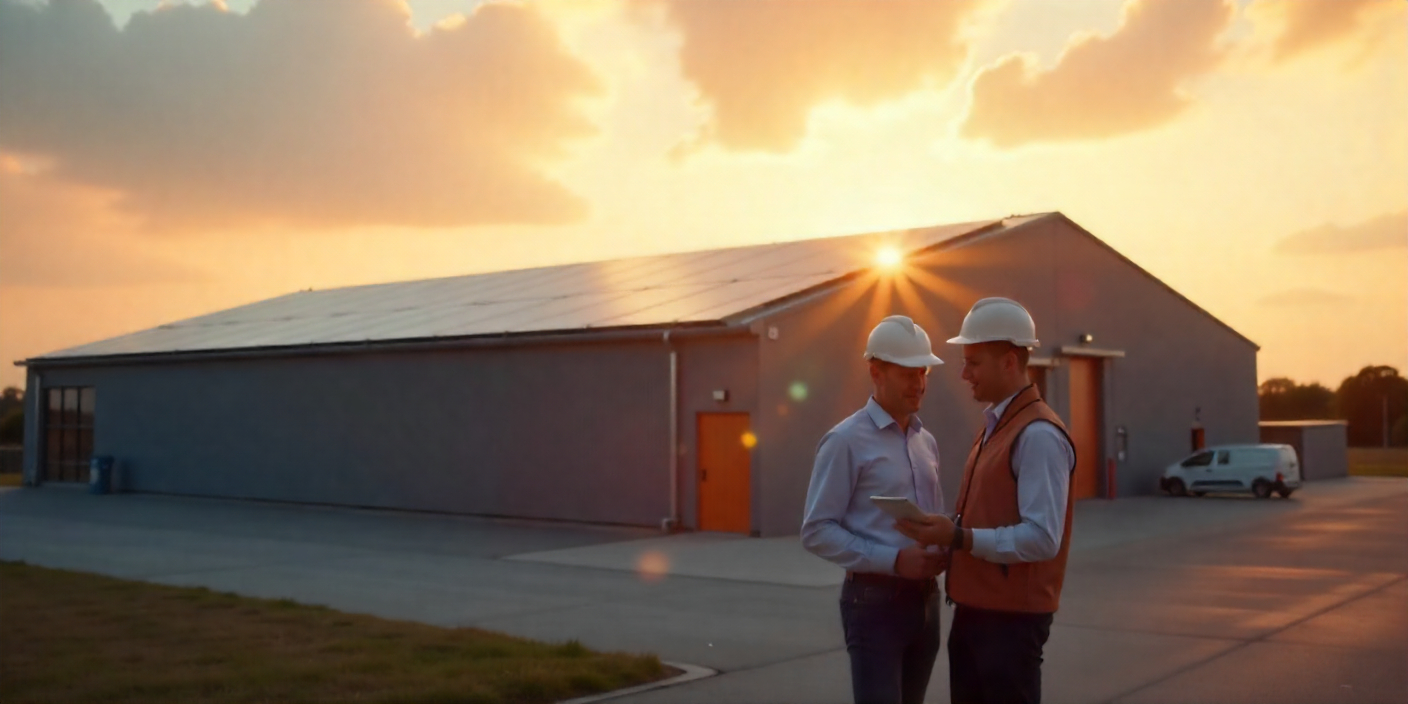In modern manufacturing, the factories that thrive aren’t necessarily the biggest – they’re the ones that use data intelligently.
That’s exactly what ISO 50001 Energy Management Systems (EnMS) are designed to achieve.
At its core, ISO 50001 turns raw energy data into insight, and insight into improvement.
It transforms guesswork into measurable progress, and when paired with renewable energy like rooftop solar, it becomes a powerful engine for continuous efficiency.
The Power of Data in ISO 50001
ISO 50001 is built on evidence, not assumptions.
It requires factories to measure and analyse how energy is consumed across all areas – buildings, machinery, lighting, and transport.
This process creates a detailed energy baseline, against which future improvements are measured.
With reliable data in hand, management teams can see exactly where energy is being wasted and which systems or shifts perform best.
Instead of reacting to problems, you start predicting them – and that’s a huge step forward for both performance and profitability.
Monitoring in Action
Continuous monitoring is a core principle of ISO 50001.
It ensures that progress isn’t just achieved once but sustained over time.
Factories often install smart meters and sub meters, giving real time visibility into consumption patterns.
For example, you might notice a spike in energy use when production starts up on Monday mornings or when certain machines are idling unnecessarily.
These insights make it possible to target improvements quickly and with precision.
When solar panels are installed, monitoring takes on a new dimension.
You can track how much energy is generated onsite versus drawn from the grid – showing the financial and environmental impact in black and white.
The data doesn’t just confirm savings; it tells a story of progress.
Continuous Improvement
ISO 50001 isn’t about one time results; it’s about building a culture of ongoing improvement.
The “Check” and “Act” stages of the Plan-Do-Check-Act cycle ensure that every audit, review, and analysis leads to new opportunities for savings.
This cycle never ends – and that’s a good thing.
It means your factory is always learning, adapting, and getting better.
When solar generation is included in the ISO 5001 continuous improvement loop, your energy performance continually climbs, and your carbon footprint continually falls.
From Data to Decisions
The data driven approach doesn’t just improve energy efficiency – it supports smarter business decisions.
You can justify upgrades, negotiate better energy contracts, and demonstrate compliance and sustainability to clients and regulators with real evidence.
The Takeaway
In short, ISO 50001 gives you the roadmap, data gives you the insight, and solar gives you the results that keep improving year after year.



